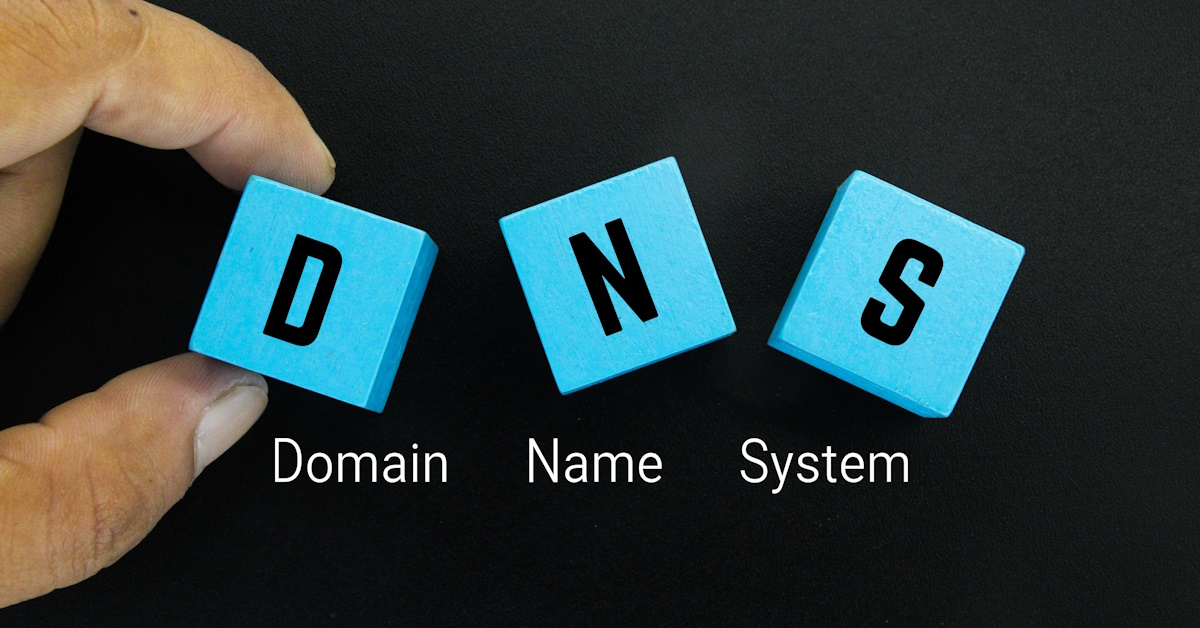Recent Posts
Categories

When it comes to DNS (Domain Name System), there are several common questions that people often have. DNS is the foundation of the Internet and is needed for anything to function that is tied to a domain name. Here are some of the most frequently asked questions about DNS:
What is DNS?
DNS stands for Domain Name System. It is a decentralized naming system that translates domain names (such as www.example.com) into IP addresses (such as 192.0.2.1). It is like your traffic controller for Internet browsing. It directs you where to go when you type an address in your browser, or send an email. Every website, email, server, or services that is accessible over the Internet as an IP address. That is your Internet’s address. People won’t remember long IP addresses, but we do remember names. So, the DNS converts that for us.
How does DNS work?
When a user types a domain name into their browser, the DNS system translates that domain name into the corresponding IP address. The DNS system is hierarchical and distributed. It consists of multiple DNS servers across the Internet. They work together to resolve domain names. The process involves querying authoritative DNS servers, caching responses, and iterating until the correct IP address is obtained. Every domain name is tied to a DNS Server.
What are DNS records?
DNS records are information stored on DNS servers that contain data related to a specific domain. They include records such as A records (mapping a domain to an IP address), CNAME records (aliasing one domain to another), MX records (specifying mail servers for a domain), TXT records (storing text information), and more. DNS records define how domain names are resolved and where various services associated with the domain are located.
What is a DNS cache?
DNS caching is the process of temporarily storing DNS information on a device or DNS server. By saving this information it improves performance and reduces network traffic. When a DNS lookup is performed, the result is cached locally for a specific period of time. Subsequent requests for the same domain can be resolved from the cache. Hence, eliminating the need to query authoritative DNS servers each time.
How long does DNS propagation take?
DNS propagation refers to the time it takes for DNS changes to propagate across DNS servers globally. When making changes to DNS records (such as updating IP addresses or nameservers), it may take some time for the changes to become visible to all users. DNS propagation typically takes a few hours to up to 48 hours, although it can vary based on factors such as TTL (Time to Live) settings and DNS caching. Some may be seen immediately. It depends on how often the user’s DNS updates to the corresponding DNS Server that has the update.
What is a nameserver?
A nameserver is a specialized server that is part of the DNS infrastructure. Nameservers store DNS records and provide authoritative responses for specific domain names. They are responsible for resolving domain names to IP addresses and handling DNS queries from client devices. The name servers also often have a user interface for manage the records.
What is DNSSEC?
DNSSEC (Domain Name System Security Extensions) is a set of security measures designed to protect against DNS spoofing and other attacks. It uses digital signatures to ensure the authenticity and integrity of DNS data. DNSSEC helps prevent users from being directed to malicious websites by verifying the validity of DNS responses.
These are just a few of the common questions people have about DNS. DNS is a fundamental aspect of how the internet works. Understanding its basics can help businesses manage their domain names. It can prevent common errors that can take a website, email, and cloud services down. To learn more or if you have more questions, talk with one of our experts.



